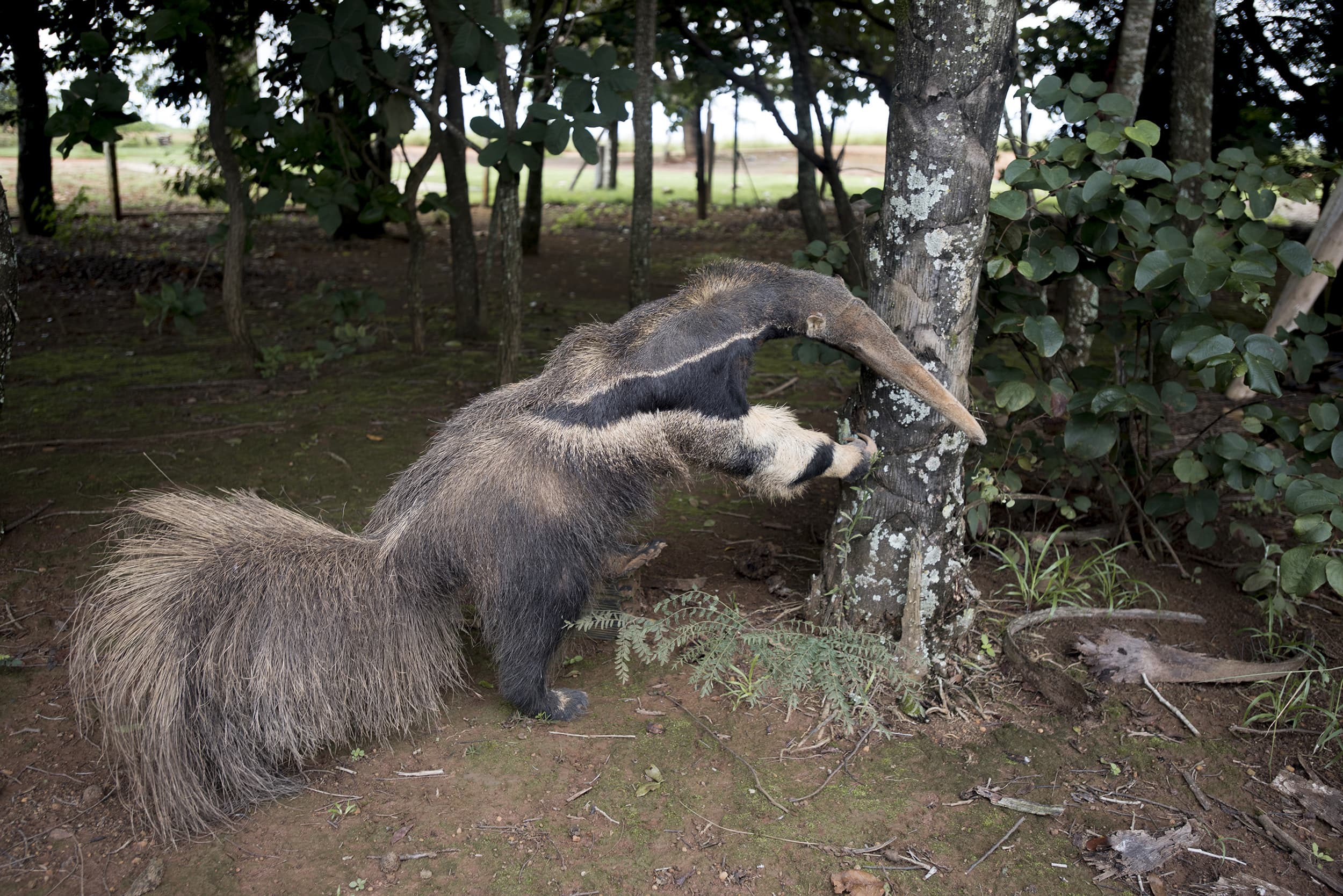After an investigation carried about by the Natural History Museum, one of the winning images from 2017’s Wildlife Photographer of the Year award has been disqualified.
The winning image, The night raider, from the Animals in Their Environment category was taken by Marcio Cabral at the Emas National Park in Brazil.
Evidence was presented to the museum by third parties that it is highly likely the animal in the photo is a taxidermy specimen. The investigation, which lasted around three weeks, called on the expertise of five individual experts – two mammals experts and a taxidermy specialist from the museum and two external experts, a South American mammals expert and an expert anteater researcher.
The team examined high-resolution images of a taxidermy anteater that is kept on open display at the educational collection at a visitor centre located at the Portão de Bandeira gate, one of the entrances of the park.

An image of the taxidermy anteater was supplied by an anonymous third-party
Each of the five scientists worked independently from each other, but all came to the same conclusion – that the overall posture, morphology, the position of raised tufts of fur and in the patterning on the neck and the top of the head are too similar to depict two different animals. The experts would have expected at least some variation between two individuals of the same species.
The photographer however strongly denies the allegations put against the image. Marcio Cabral co-operated fully with the investigation, supplying raw format images, including those taken before and after the winning image. Only the winning image displays the anteater – but Cabral claims that this is because the exposure time was long enough for the anteater to have moved in the intervening time. He also claims that there are other witnesses who saw the live anteater.
Speaking to the BBC, Cabral said, “Unfortunately, I do not have another image of the animal because it is a long exposure of 30 seconds and ISO 5000.
After the flashes were fired, the animal left the place, so it was not possible to make another photo with the animal coming out of the place that is totally dark.”
Unethical
Competition rules clearly state that photographs achieved through unethical practices will be disqualified. Competition rules are available to all entrants, and are also printed in a wide variety of languages, including Brazilian Portuguese.
Roz Kidman Cox, the current chair of the jury said, “I find it disheartening and surprising that a photographer would go to such lengths to deceive the competition and its worldwide following. The competition places great store on honesty and integrity, and such a breach of the rules is disrespectful to the wildlife-photography community, which is at the heart of the competition. This disqualification should remind entrants that any transgression of the rules and spirit of the competition will eventually be found out.”
The image will be removed from the exhibition and the tour. According to the BBC, Cabral intends to return to the park to collect evidence which he hopes will exonerate him.







